The Everest Base Camp Trek, one of the most famous trekking experiences in the world, is on the bucket list of every adventurer, and with good reason. During our survey among 100 trekkers, 60 trekkers chose the EBC trek as a once-in-a-lifetime experience. The reason behind the Everest base camp trek popularity is the extraordinary voyage that brings you to the foothills of the all-mighty Mount Everest (8,848m). The thought of being at the base camp situated on the roof of the world gives chills through the spines. The elevation of Everest Base Camp is 5364 meters.
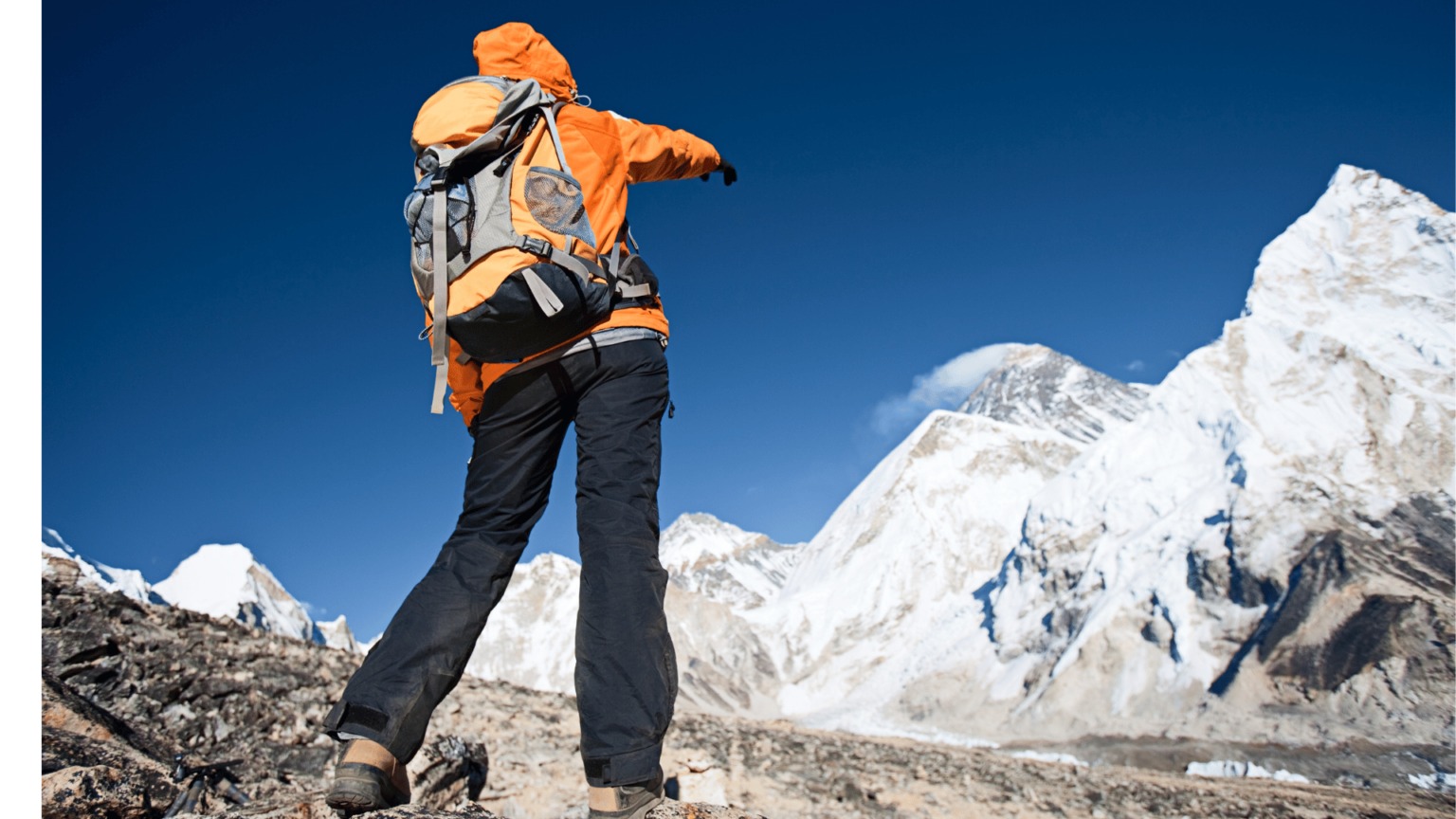
The trip to Everest Base Camp is filled with prayer flags, prayer wheels, and boulders etched with Buddhist mantras, as well as a few temples, a suspension bridge, and a museum. Local teahouses run by Sherpas offer wonderful hospitality and an enticing lifestyle.
Reasons for Everest Base Camp Trek’s popularity
The Everest Base Camp trek offers the ultimate proximity to Mount Everest, allowing adventurers to stand in awe of the world’s highest peak. It takes you on a breathtaking journey through the heart of the Himalayas, where diverse landscapes unfold at every turn. Along the way, you are immersed in the rich Sherpa culture and heritage, experiencing the warmth of mountain hospitality and deep-rooted traditions. This trek provides not only stunning views but also a profound sense of achievement and personal growth, challenging both body and spirit as you traverse some of the most awe-inspiring terrains on Earth.
Mt. Everest
The view of the world’s most renowned magnificent snow-capped peak, Mt. Everest will leave the trekkers speechless. It is undeniably the trip’s high point, with one of the finest walks in the world.
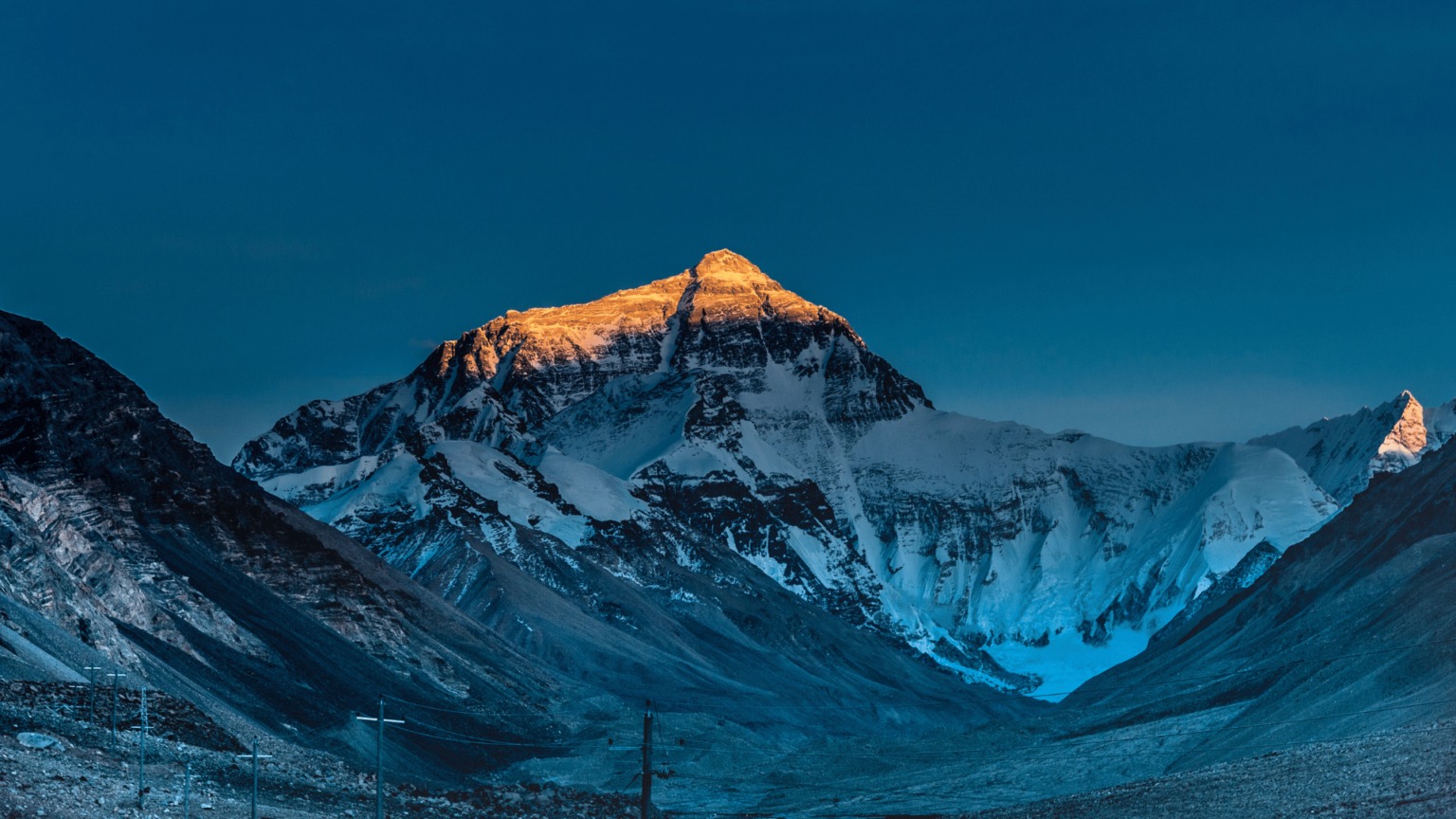
This journey will provide you with some of the most stunning Himalayan panoramas with a strong connection to the mountains that will leave you astounded by their size. Trekkers get a unique chance to see three more mountains above 8000m, including Lhotse (8516/27940), Makalu (8485m/27838ft), and Cho Oyu (8188m/26864ft), in addition to spectacular vistas of Mt Everest.
The Tengboche Monastery
The hike to Everest Base Camp is both a spiritual and an exciting adventure. Trekkers commonly encounter long and high stone walls, vast lanes, and fluttering prayer flags in five colours depicting Buddhist teachings and prayers- red for fire, blue for the sky, green for water, yellow for earth, and white for air throughout their trip.
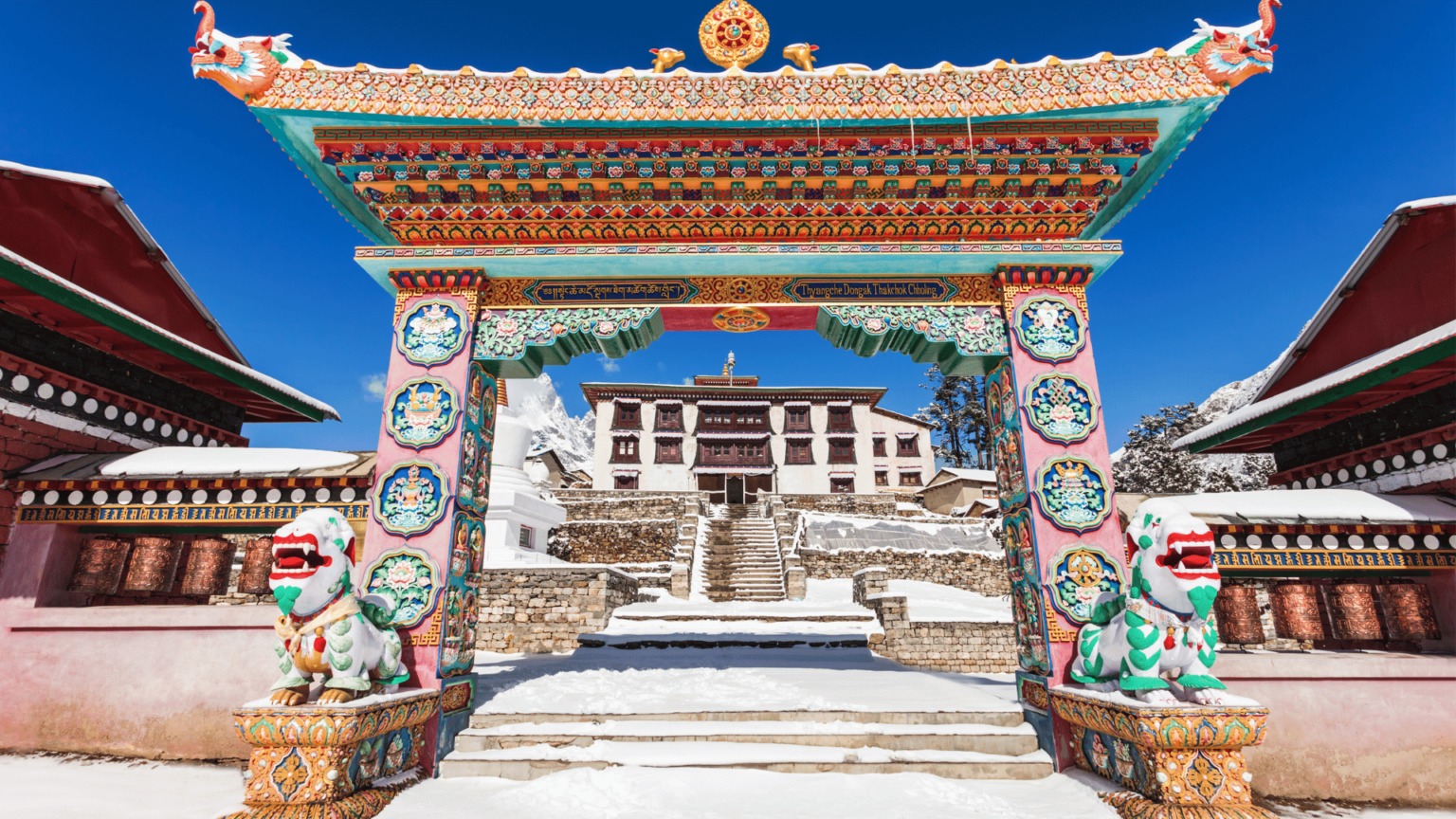
Tengboche Monastery, the Tibetan Buddhist monastery is the largest and most outstanding monastery in Nepal’s Khumbu area nestled against the breathtaking background of Ama Dablam. The beautiful Tengboche Monastery is the most famous and revered spiritual symbolism you will encounter. This is the home to the Buddhist monks who dwell there and bless trekkers for a successful journey before they leave for the remainder of their expedition
Sagarmatha National Park, UNESCO World Heritage Site
The journey of Everest Base Camp will spend most of its time in the UNESCO-listed Sagarmatha National Park. The Nepali name for Everest is Sagarmatha so the national park is named after the mighty Everest. It covers an area of 1,148 km2 at a height of 2,845 to 8,848 meters and is home to endangered species such as the Himalayan monal, blood pheasant, red-billed chough, musk deer, snow leopard, Himalayan black bear, red panda, and others. The lush juniper and rhododendron woodland is home to around 118 different bird species.
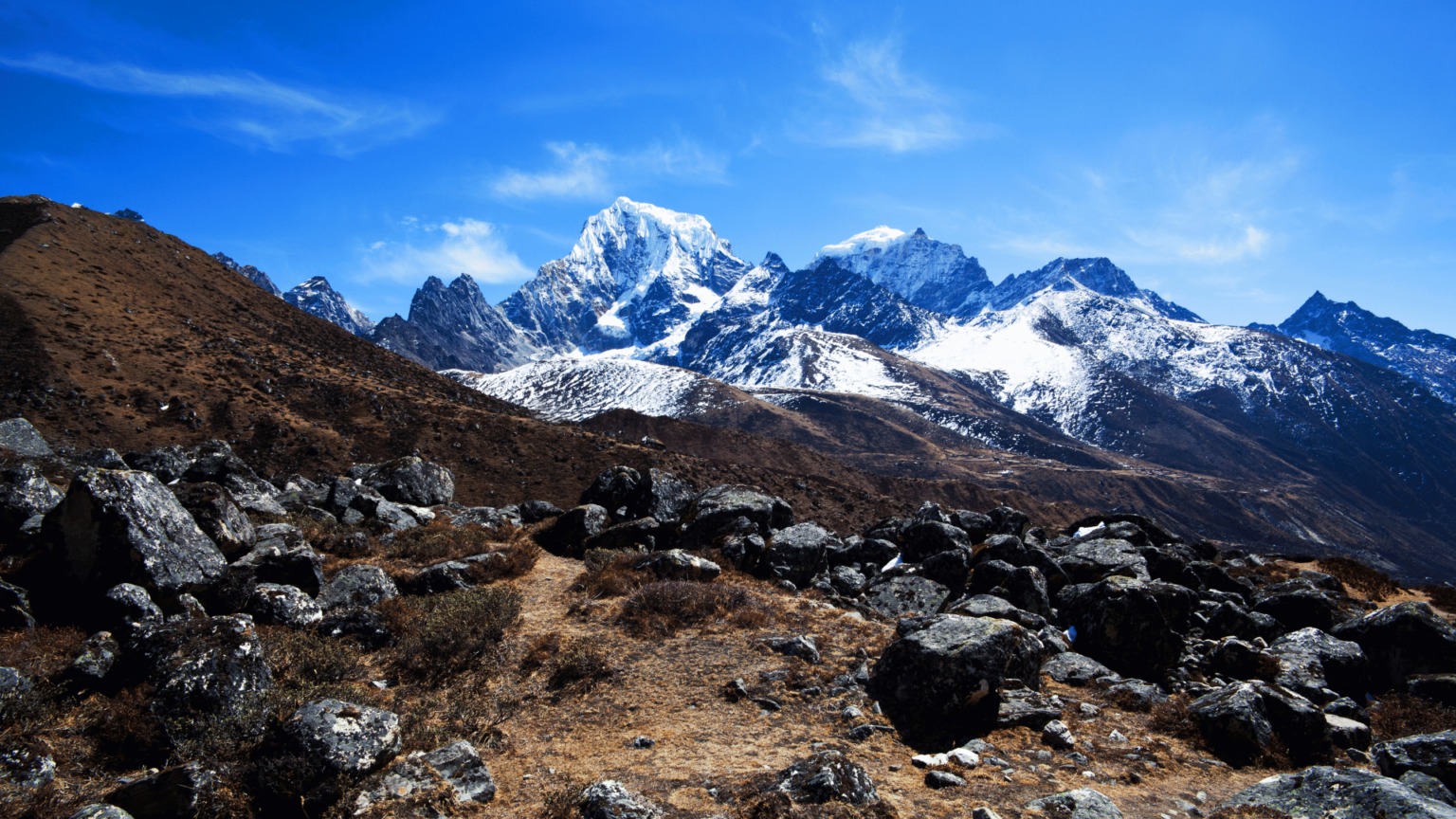
The park’s birch and bamboo forests provide a peaceful environment to walk through, and the rugged scenery abounds, with deep canyons, spectacular glaciers, and massive cliffs that the park preserves is a fantastic trip that adds to the value of the base camp’s destination. Trekking through woods densely inhabited by rhododendron, juniper, fir, and birch trees is a thrilling and pleasurable experience in and of itself.
The Teahouses
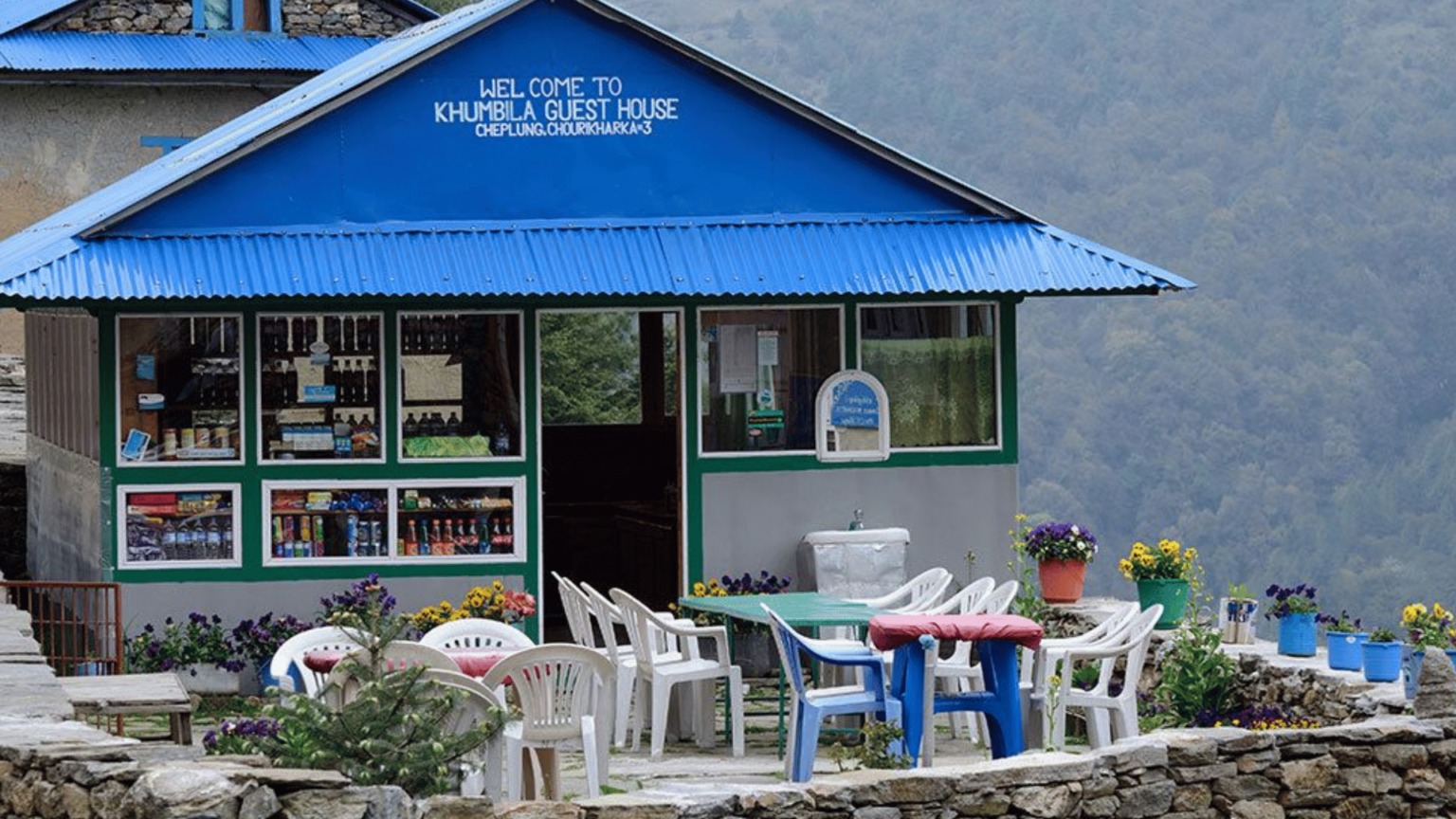
The Solukhumbu area is known for its extremely well-maintained paths and conveniently accessible teahouses. Visiting the mountain’s famed teahouses is guaranteed to be an unforgettable experience, as you can relax, enjoy the warmth, and meet people from all over the globe who are on the same trip. They may be quite simple and seem more like a homestay than a hotel, but you will be surrounded by friendly and inviting locals, have some hot meals and a shower, and appreciate a fantastic experience that very few travellers visiting Nepal will get the opportunity to see. Furthermore, the wonderful hospitality and brilliant smiles of your Sherpa lodge owners will just improve the entire experience by a factor of ten.
A Cultural Insight
Prayer flags, Mani wheels, Inscribed Mani stones, Chortens, Tibetan-style monasteries, and other Sherpa towns along the EBC route will lend a layer of mystery and fascination to the environment and your adventure as you hike. Along the journey, a few historic monasteries will take your breath away. On the exterior, these monasteries are aesthetically magnificent, while on the inside, golden sculptures and texts may be found. The Tengboche and Pangboche Gompas are two of the oldest Gompas in Tibet, each with its unique history and significance are such a noteworthy monastery. Tengboche hosts the longest Mani Rimdu Festival in October-November; while Pangboche was thought to have the actual yeti’s scalp and hand.
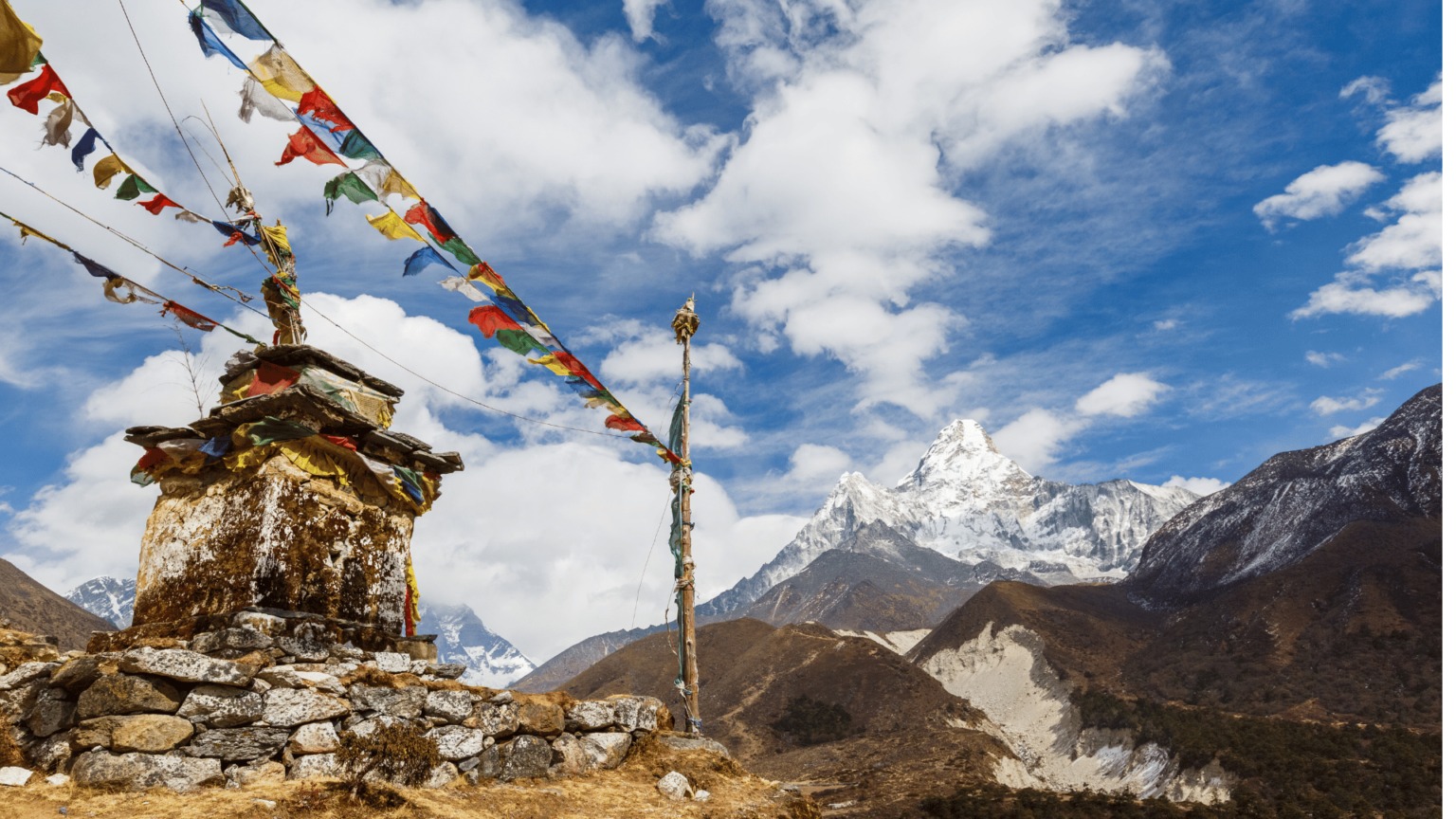
This epic climb to Everest Base Camp allows you to immerse yourself in the Sherpa people’s ancient culture, customs, rituals, and way of life who are humble, affable, friendly, and adamant Buddhist devotees. The Sherpa community in the Khumbu area celebrates three major holidays: Lhosar, Harvest Festival, and Mani Rimdu Festival. For Sherpa people and other Buddhist faith adherents, Lhosar is New Year’s Eve.
Adventurous flight to Lukla
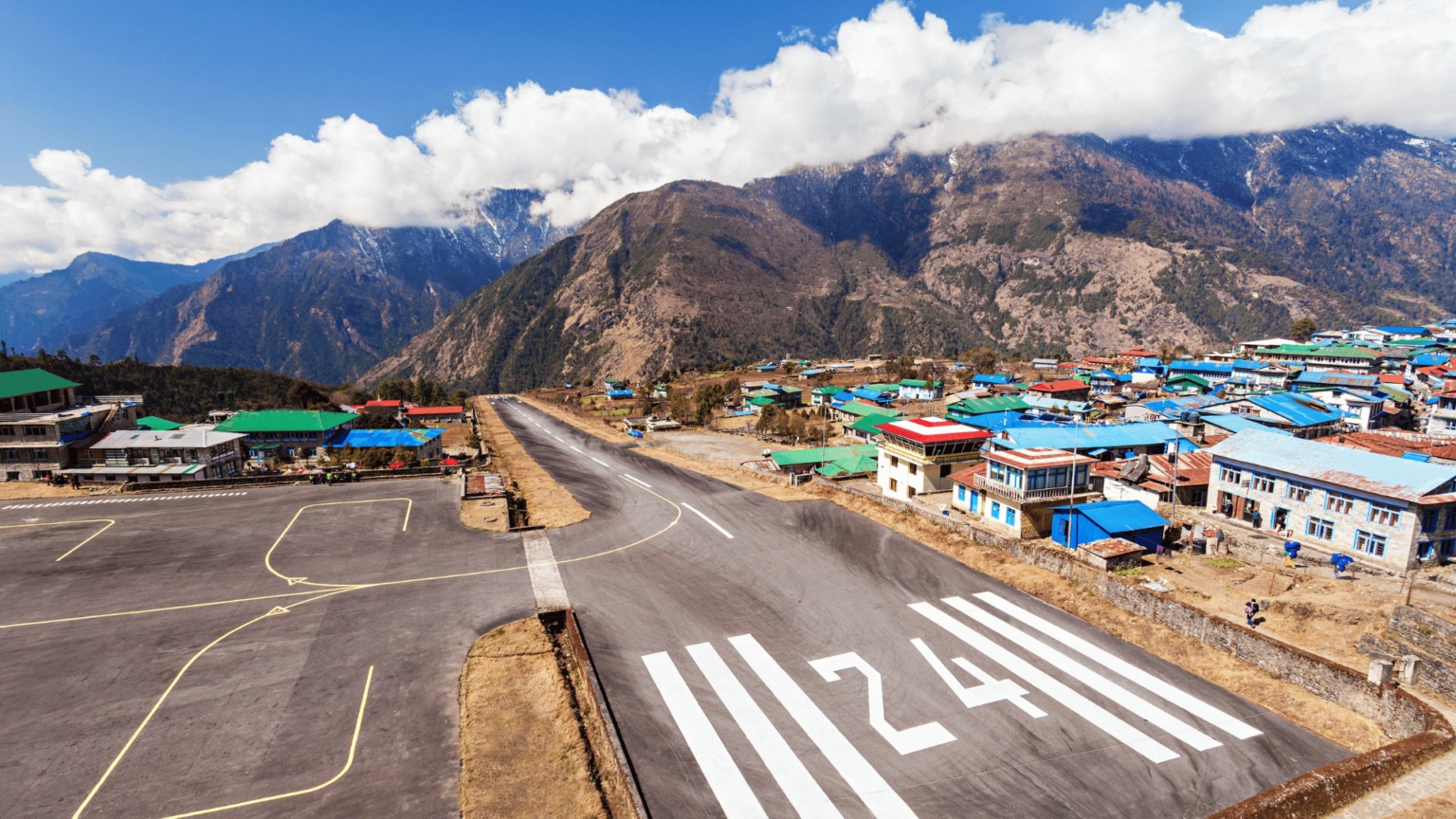
The Everest Base Camp Trek begins with a magnificent mountain flight from Kathmandu (1400m) to Lukla airport, which takes 40 minutes (2,845m). Lukla airport is recognized for having a notably small runway built atop a cliff known and considered as one of the world’s most hazardous airports. Despite this, you’ll be treated to some spectacular views of Kathmandu Valley and the Himalayas on your route there. The rollercoaster flight to Nepal’s highest airfield makes the trip even more memorable and eternal. The landing is more dramatic and exhilarating due to the smaller runway at a greater height. Despite its infamous reputation, many flights to Lukla depart every day, with a very low – virtually negligible – casualty rate.
FAQS
What makes the Everest Base Camp Trek so famous worldwide?
The Everest Base Camp (EBC) Trek is renowned for its breathtaking views of Mount Everest, the world’s highest peak, along with other Himalayan giants like Lhotse and Nuptse. Additionally, it offers a unique cultural experience as trekkers traverse through traditional Sherpa villages, monasteries, and Sagarmatha National Park, a UNESCO World Heritage Site. The trek combines adventure, stunning scenery, and cultural immersion, making it one of the most sought-after trekking destinations globally.
Is the Everest Base Camp Trek only for experienced trekkers?
While challenging, the Everest Base Camp Trek is designed for trekking, not technical climbing, making it accessible to many people with decent fitness and some hiking experience. The path is well-marked and equipped with tea houses, so trekkers don’t need prior mountaineering skills. Proper acclimatization and physical preparation, however, are crucial to tackling the high altitude and challenging terrain.
How long does it take to complete the Everest Base Camp Trek?
Typically, the round-trip trek takes about 12–14 days to make EBC. This duration includes several acclimatization days in villages like Namche Bazaar to help trekkers adjust to the altitude. The trek can be completed faster or slower depending on one’s itinerary, but sufficient acclimatization is vital to minimize altitude sickness risks and enhance the trekking experience.
What is the role of Sherpa culture in making the trek special?
The trek offers an immersive cultural experience as it passes through Sherpa villages, where trekkers can interact with the local people known for their mountaineering skills and deep connection to the Himalayas. Visiting monasteries and witnessing traditional Sherpa practices add spiritual depth to the journey, enriching the experience beyond just trekking.
Are the views of Mount Everest visible from Everest Base Camp itself?
Interestingly, Mount Everest’s summit is not fully visible from Everest Base Camp due to the surrounding peaks. To get a clear view, trekkers often take an additional hike to Kala Patthar, a viewpoint that offers panoramic views of Everest, Lhotse, Nuptse, and other Himalayan giants. This combination of the EBC trek with Kala Patthar is a significant reason why trekkers worldwide find the experience rewarding and unforgettable.
What kind of wildlife can trekkers expect to see during the EBC trek?
The Everest Base Camp Trek passes through Sagarmatha National Park, where trekkers can spot unique Himalayan wildlife, such as the Himalayan tahr, musk deer, and the elusive snow leopard. The park is also home to colourful birds like the Himalayan monal (the national bird of Nepal), making the trek a fascinating experience for nature and wildlife enthusiasts.
When is the best time to embark on the Everest Base Camp Trek?
The ideal trekking seasons are pre-monsoon (March to May) and post-monsoon (September to November) when the weather is clear, and the temperatures are manageable. These months offer the best views of Everest and other peaks, making them the most popular and safest times for trekking to Everest Base Camp.
Does the Everest Base Camp Trek offer more than just scenic beauty?
Absolutely. The EBC trek combines adventure, nature, culture, and spiritual fulfilment. Beyond the scenic beauty, trekkers are drawn to the sense of achievement, the bonds formed with fellow trekkers, and the chance to experience a simpler lifestyle away from daily life’s hustle. This blend of nature, culture, and self-discovery is a significant part of the trek’s global popularity.